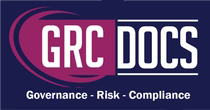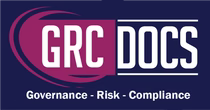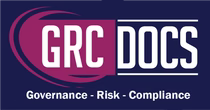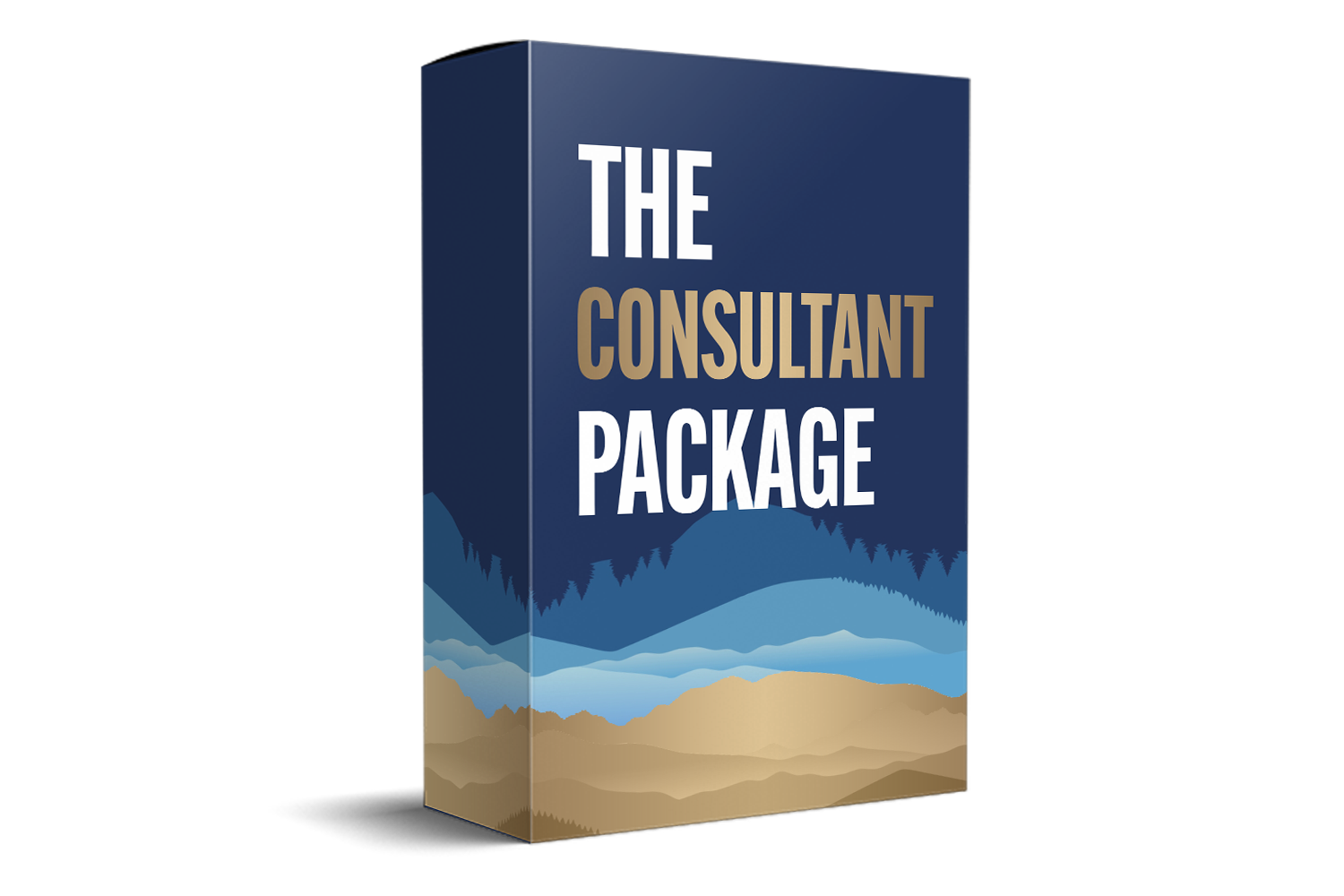SOC 2 Readiness Assessment Tool Evaluate And Strengthen Compliance
Introduction
In today's digital world, security is more crucial than ever. With the rapid adoption of technology, companies are increasingly relying on digital platforms and cloud-based services to manage their operations. This shift not only enhances efficiency and scalability but also introduces new vulnerabilities and threats that must be managed effectively. As a result, robust security measures are essential to protect sensitive data from cyber threats, unauthorized access, and data breaches. One way to ensure your company's data security is by obtaining SOC 2 compliance. A SOC 2 readiness assessment tool can be invaluable in helping you achieve this goal by providing a structured approach to evaluating and enhancing your security practices.

Why Is A SOC 2 Readiness Assessment Important?
Before diving into the formal SOC 2 audit, it's wise to conduct a readiness assessment. A SOC 2 readiness assessment tool helps identify gaps in your current security practices and prepares your organization for the official audit. This proactive approach not only reduces the likelihood of encountering significant issues during the audit but also helps streamline the compliance process. Here's why it's important:
-
Identify Security Gaps: A readiness assessment evaluates your existing security policies, procedures, and controls. It highlights areas that need improvement and ensures your organization meets all the requirements for SOC 2 compliance. By identifying security gaps early, you can address them before the formal audit, reducing the risk of non-compliance. This process involves a detailed analysis of your current security posture, enabling you to uncover vulnerabilities and weaknesses that may have gone unnoticed. By taking corrective actions based on these findings, you can strengthen your security framework and enhance your overall data protection strategy.
-
Save Time and Resources: Preparing for a SOC 2 audit can be time-consuming and resource-intensive. The complexity of the audit process, coupled with the need to align various departments and stakeholders, can strain organizational resources. A readiness assessment tool streamlines the process by providing a clear roadmap for achieving compliance. It helps prioritize tasks and allocate resources efficiently, ensuring your team focuses on critical areas that require attention. This focused approach not only saves time but also minimizes disruptions to your day-to-day operations, allowing you to maintain productivity while working towards compliance.
- Enhance Security Posture: By addressing the gaps identified during the readiness assessment, you not only prepare for SOC 2 compliance but also strengthen your overall security posture. This proactive approach reduces the risk of data breaches and enhances your organization's ability to protect sensitive information. Strengthening your security framework can lead to improved risk management, increased resilience against cyber threats, and a stronger alignment with industry best practices. Moreover, an enhanced security posture can serve as a valuable asset in building trust with clients, partners, and stakeholders, further solidifying your reputation in the market.
Key Features Of A SOC 2 Readiness Assessment Tool
When selecting a SOC 2 readiness assessment tool, it's important to consider its features. The right tool can significantly impact the efficiency and effectiveness of your compliance efforts. Here are some key features to look for:
-
Comprehensive Assessment: A good readiness assessment tool provides a thorough evaluation of your organization's security practices. It should cover all five trust service principles and identify any areas of non-compliance. This comprehensive approach ensures that no aspect of your security framework is overlooked, enabling you to address all potential vulnerabilities. A detailed assessment also facilitates a better understanding of your current security status, helping you make informed decisions about necessary improvements and investments.
-
Actionable Recommendations: The tool should offer clear and actionable recommendations for addressing identified gaps. These recommendations should be tailored to your organization's specific needs and provide a roadmap for achieving compliance. Actionable insights enable your team to implement changes effectively and efficiently, ensuring that you make tangible progress towards compliance. By following a structured plan based on expert recommendations, you can optimize your compliance efforts and achieve better outcomes.
-
User-Friendly Interface: A user-friendly interface makes it easy for your team to navigate the tool and access important information. Look for a tool with intuitive design and clear instructions to simplify the assessment process. An easy-to-use interface reduces the learning curve for your team, allowing them to focus on the critical tasks at hand. Additionally, a well-designed tool can enhance collaboration among team members, facilitating better communication and coordination throughout the compliance journey.
-
Integration Capabilities: Consider a tool that integrates with your existing security systems and processes. This integration ensures a seamless workflow and allows for easy monitoring and tracking of your compliance efforts. By leveraging existing systems and data, you can avoid duplication of efforts and maximize the efficiency of your compliance activities. Integration also enables real-time updates and reporting, providing you with a comprehensive view of your compliance status and progress.
- Continuous Monitoring: SOC 2 compliance is not a one-time achievement but an ongoing process. A readiness assessment tool with continuous monitoring capabilities helps you maintain compliance by regularly assessing your security practices and identifying any new gaps. Continuous monitoring ensures that your organization remains vigilant against emerging threats and evolving compliance requirements. By staying proactive and adaptive, you can mitigate risks effectively and maintain a high standard of security over the long term.
Steps To Conduct A SOC 2 Readiness Assessment
Conducting a SOC 2 readiness assessment involves several steps. Here's a step-by-step guide to help you through the process:
-
Understand the Trust Service Principles: Familiarize yourself with the five trust service principles: security, availability, processing integrity, confidentiality, and privacy. Understanding these principles is crucial for evaluating your organization's compliance. Each principle addresses a specific aspect of data protection, providing a framework for assessing and improving your security practices. By gaining a comprehensive understanding of these principles, you can better align your organization's efforts with the requirements of SOC 2 compliance.
-
Evaluate Current Security Practices: Use the readiness assessment tool to evaluate your current security practices. Assess your policies, procedures, and controls against the trust service principles to identify any gaps. This evaluation should include a thorough review of your organization's security architecture, risk management processes, and data protection measures. By conducting a detailed assessment, you can gain valuable insights into your current security posture and identify areas that require improvement.
-
Identify and Prioritize Gaps: Once you've identified the gaps in your security practices, prioritize them based on their impact on compliance. Focus on addressing high-risk areas first to ensure your organization meets the requirements. Prioritization helps allocate resources effectively, ensuring that critical issues are addressed promptly. By focusing on high-impact areas, you can minimize the risk of non-compliance and enhance your organization's ability to protect sensitive data.
-
Implement Recommendations: Implement the recommendations provided by the readiness assessment tool. This may involve updating policies, enhancing security measures, or training employees on best practices. Implementation should be carried out systematically, with clear timelines and accountability for each action item. By following the recommendations, you can make meaningful improvements to your security framework and move closer to achieving SOC 2 compliance.
- Monitor and Review: Regularly monitor your security practices and review your compliance efforts. Use the tool's continuous monitoring capabilities to identify any new gaps and address them promptly. Ongoing monitoring and review help ensure that your organization remains compliant with SOC 2 standards and is prepared to address emerging threats and challenges. By maintaining a proactive approach to security and compliance, you can safeguard your organization's data and build trust with clients and stakeholders.
Choosing The Right SOC 2 Readiness Assessment Tool
Selecting the right readiness assessment tool is crucial for a successful SOC 2 compliance journey. A well-chosen tool can streamline the process, reduce complexity, and enhance the effectiveness of your compliance efforts. Consider the following factors when choosing a tool:
-
Reputation and Reviews: Look for a tool with a strong reputation and positive reviews from other organizations that have used it for SOC 2 compliance. A tool with a proven track record can provide confidence in its reliability and effectiveness.
-
Customization: Choose a tool that can be customized to fit your organization's unique needs and requirements. Customization ensures that the tool aligns with your specific security practices and compliance objectives.
-
Support and Resources: Ensure the tool offers adequate support and resources to assist you throughout the assessment process. Access to expert guidance and resources can facilitate a smoother and more efficient compliance journey.
-
Cost-Effectiveness: Evaluate the tool's cost in relation to its features and benefits. Choose a tool that offers good value for your investment, balancing cost with the potential impact on your compliance efforts.
By carefully selecting a SOC 2 readiness assessment tool that meets your organization's needs, you can streamline the compliance process and enhance your security posture. The right tool can provide valuable insights, guide your efforts, and help you achieve SOC 2 compliance with confidence.
Conclusion
Achieving SOC 2 compliance is essential for organizations that handle sensitive data. A SOC 2 readiness assessment tool is a valuable resource in preparing for the formal audit and ensuring your organization meets the necessary requirements. By identifying security gaps, saving time and resources, and enhancing your security posture, a readiness assessment tool plays a crucial role in your compliance journey. Choose the right tool for your organization and take the first step towards achieving SOC 2 compliance today. With the right approach and resources, you can build a robust security framework that protects your data and earns the trust of your clients and stakeholders.






